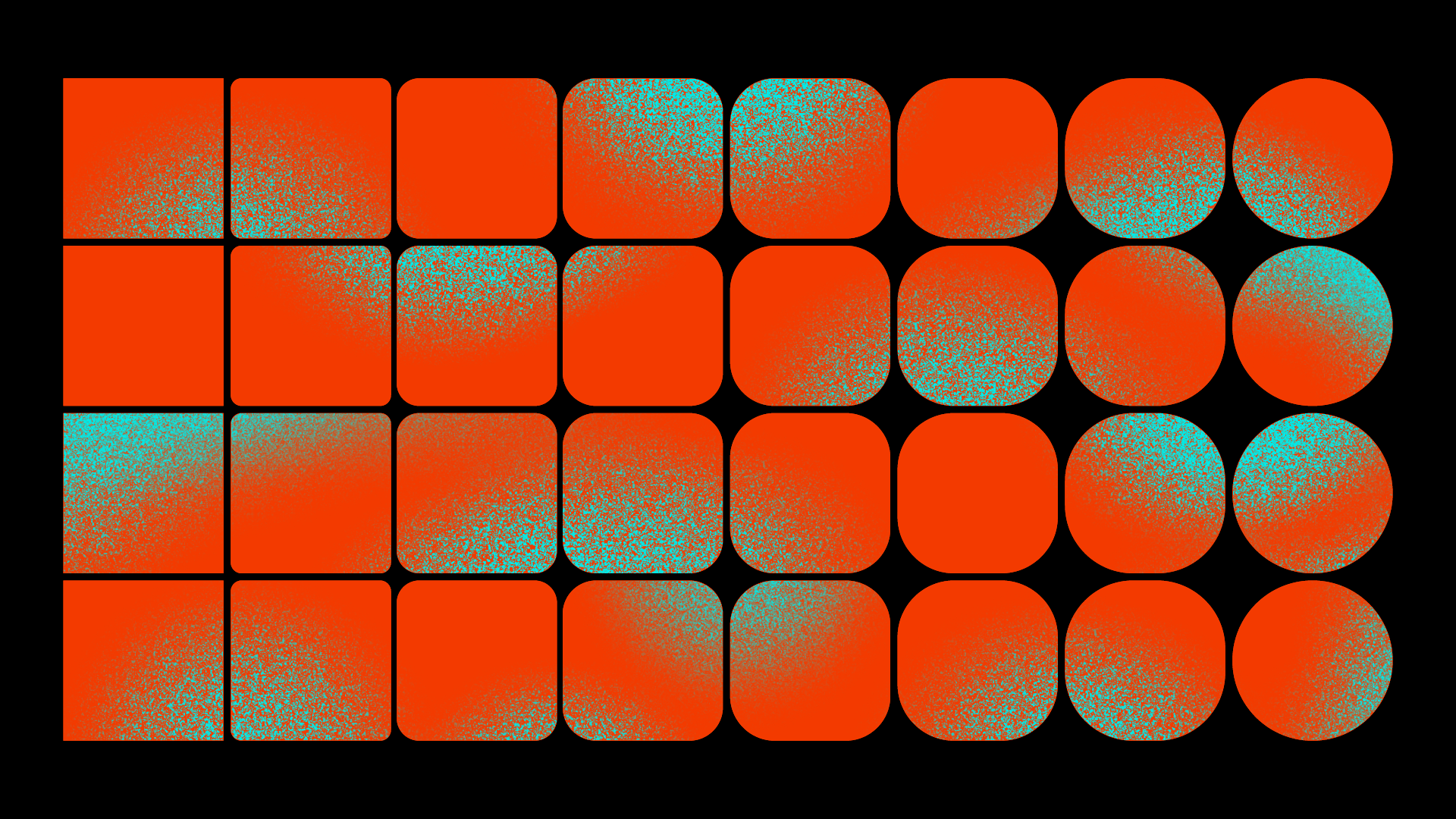Expert insights on Software Design and Development
Stay ahead of the game with our comprehensive content on business and technology. From lessons learned and best practices, through biggest challenges of IT projects and expert insights on various technologies, all the way to trends that disrupt the industry – we cover it all.
Choose topic
-
 April 10, 2024 | Business Insights
April 10, 2024 | Business InsightsTrends in Mobile Banking: Navigating Transformations and Innovations
Read more -
 April 9, 2024 | Interviews
April 9, 2024 | InterviewsSafe school at your fingertips: How does RESQL support the fight against peer violence?
Read more -
 April 8, 2024 | Business Insights
April 8, 2024 | Business InsightsKotlin Multiplatform (KMP): Revolutionizing Cross-Platform Mobile Technology in the Banking Sector
Read more -
 April 3, 2024 | Interviews
April 3, 2024 | Interviews#TeamSpeednet: Sebastian, Frontend Developer
Read more -
 March 20, 2024 | Product Design
March 20, 2024 | Product DesignA Step-by-Step Guide to Designing Mobile Applications in Banking
Read more -
 February 23, 2024 | Interviews
February 23, 2024 | Interviews#TeamSpeednet: Iwona, Senior UX Designer
Read more -
 February 1, 2024 | Software development
February 1, 2024 | Software developmentFullstack Kotlin Developer - part 1
Read more -
 January 30, 2024 | Company Culture
January 30, 2024 | Company CultureEmployer Branding at Speednet
Read more -
 January 10, 2024 | Interviews
January 10, 2024 | Interviews#TeamSpeednet: Michał, Senior Android Developer
Read more -
 November 22, 2023 | Software development
November 22, 2023 | Software developmentxUnit: using non-public types as test cases for parameterized tests
Read more -
 November 9, 2023 | Interviews
November 9, 2023 | Interviews#TeamSpeednet: Mariusz, webmaster and our superhero
Read more -
 August 31, 2023 | Company Culture
August 31, 2023 | Company CultureSocial impact embedded in the company's DNA
Read more
